
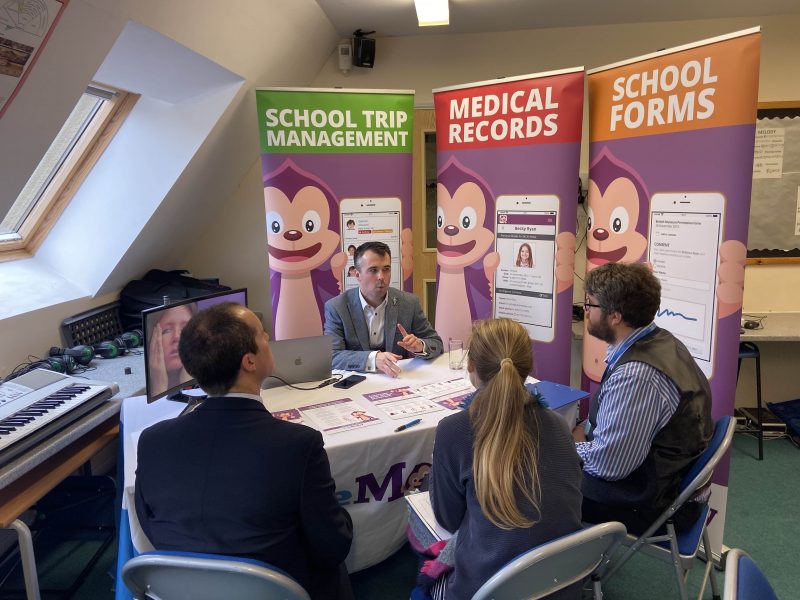

Our team sorts through all blog submissions to place them in the categories they fit the most - meaning it's never been simpler to gain advice and new knowledge for topics most important for you. This is why we have created this straight-forward guide to help you navigate our system.
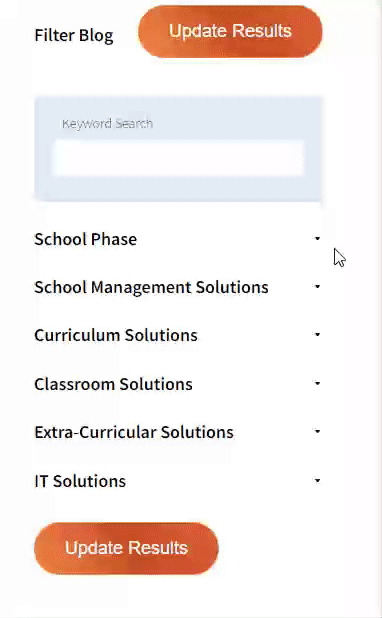

And there you have it! Now your collection of blogs are catered to your chosen topics and are ready for you to explore. Plus, if you frequently return to the same categories you can bookmark your current URL and we will save your choices on return. Happy Reading!
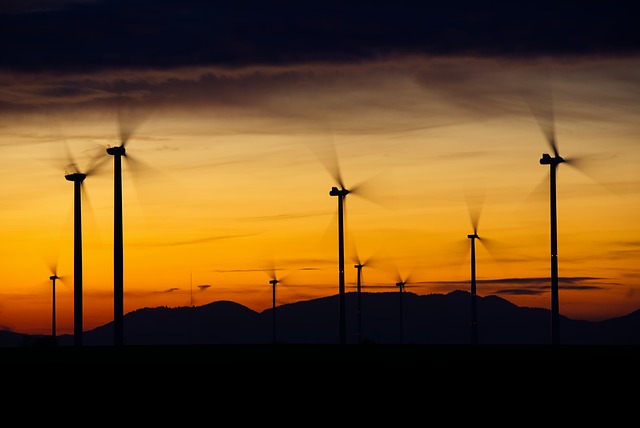
The world faces a daunting challenge. Fossil fuels currently make up 82% of global energy consumption, and despite the impressive growth of renewable technologies, this percentage has remained more or less stable for the last 30 years. In order to mitigate the worst effects of climate change, we have to undertake a complete transformation of how we generate our energy, all within the space of a couple of decades. This transformation will require hundreds of thousands of engineers and scientists, who will play a crucial role in shaping a sustainable future. However, there is currently a shortage of skilled workers in the STEM fields, and as educators, it’s our responsibility to inspire the next generation to take on the challenge.
Currently, the UK curriculum covers energy generation across Geography and Physics from KS2 – KS4. When we look at how this is taught at schools, there tends to be a lack of exciting, engaging resources on this topic, which don’t capture how complicated and fascinating the world of energy can be, and the diverse range of careers found in this sector. For example, the ‘energy trilemma’ is a framework of three objectives that energy policymakers need to consider, which are sustainability, affordability and security of supply. Getting the right balance between these three priorities is complicated and requires people from a range of backgrounds, expertise and knowledge to work together. By understanding the pros and cons of each technology, how these interrelate to one other, and how they are affected by political and climate events, energy planners can build a diverse portfolio of energy technologies which work together to keep the lights on, while minimising cost and impact on the environment.
Given the significance of effective education on this topic, how can we engage students both in the classroom and outside of it?
One of the challenges is around framing the complexity of this system in a positive way, showcasing the opportunities and careers this presents. One of the best ways to do this is through games-based learning. Educational games are highly effective because they engage learners in a fun and interactive way, promoting active participation and incorporating challenges, rewards, and feedback. Games provide opportunities for hands-on problem-solving and critical thinking, enabling learners to apply knowledge in practical scenarios, leading to deeper understanding and retention of concepts. Using games to teach about energy generation provides an immersive, memorable learning experience and inspires students to consider it as a career path – and perhaps work a little harder in the class!
“Tell me and I forget, teach me and I may remember, involve me and I learn.” – Xun Kuang, Chinese Confucian philosopher
As an educator, it’s worth considering using games-based learning to teach energy topics. There are plenty of free resources out there, but one of the best games is Megawatt, explicitly created for the classroom. Loved by teachers and students alike, it brings the topic of energy to life like never before, with beautiful artwork and clever game mechanics. It’s available both to purchase individually, as part of a workshop, or under a Creative Commons Licence, making it free for schools to print the game themselves and use it in the classroom, covering a range of curriculum topics on energy.

The author

Read more

Read more
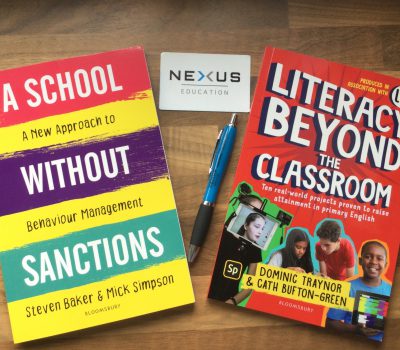
Read more

Read more

Read more
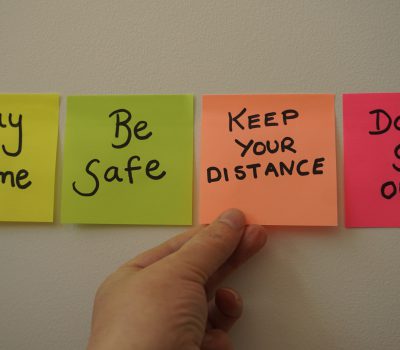
Read more

Read more

Read more


Are you looking for solutions? Let us help fund them! Nexus Education is a community of over 11,000 schools that come together to share best practise, ideas and CPD via online channels and free to attend events. Nexus also offers funding to all school groups in the UK via nexus-education.com


Established in 2011, One Education is a company at the heart of the education world, supporting over 600 schools and academies. Our unique appeal as a provider is in the breadth and synergy of the services we offer, supporting school leaders, teachers and support staff to achieve the best possible outcomes for their pupils and staff.

School Space is a social enterprise that has empowered schools for over 12 years through their profitable and hassle-free lettings services. So far, they’ve generated over £5 million in revenue for education, helping to connect over 200 schools with their local communities.


Unify is an online sales and marketing tool that allows users to create tailored personalised documents in moments.


There’s nothing special about the energy we sell. In fact, it’s exactly the same energy as all our competitors provide. But there is something special about the way we do it. Where others complicate the process, we simplify it. Where others confuse customers with hidden terms, we’re an open book. And where others do all they can to make as much money from their customers as possible, we do all we can to make as little. Everything we do, we do it differently. Our customers are a privilege. One we’ll never take advantage of.


Securus provide market-leading monitoring solutions to safeguard students on ALL devices both online and offline. We also offer a full monitoring service, where we carry out the monitoring on behalf of the school, freeing up valuable staff resources. From the smallest school to large MAT groups, Securus offers safeguarding protection for all!


Bodet Time offers dedicated solutions to education through lockdown alerts, class change systems, PA and synchronised clock systems. Improving time efficiency of the working and school day; ensuring safety through lockdown alerts; increasing communication with customised broadcast alerts.


Robotical makes Marty the Robot - a walking, dancing coding robot that makes programming fun and engaging for learners as young as 5. Our robots come with a full Learning Platform that has complete teaching resources, to make lesson planning a breeze.